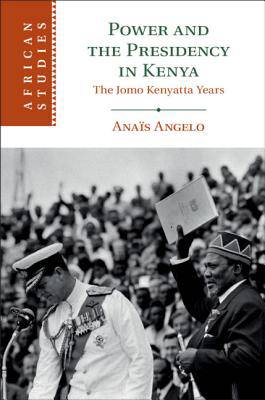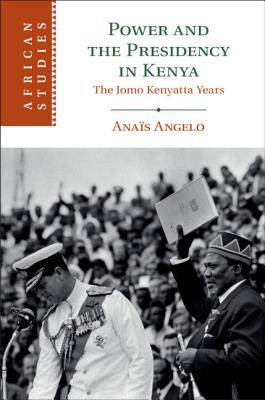
- Afhalen na 1 uur in een winkel met voorraad
- Gratis thuislevering in België vanaf € 30
- Ruim aanbod met 7 miljoen producten
- Afhalen na 1 uur in een winkel met voorraad
- Gratis thuislevering in België vanaf € 30
- Ruim aanbod met 7 miljoen producten
Zoeken
€ 172,95
+ 345 punten
Uitvoering
Omschrijving
In December 1963, Kenya formally declared its independence yet it would take a year of intense negotiations for it to transform into a presidential republic, with Jomo Kenyatta as its first president. Archival records of the independence negotiations, however, reveal that neither the British colonial authorities nor the Kenyan political elite foresaw the formation of a presidential regime that granted one man almost limitless executive powers. Even fewer expected Jomo Kenyatta to remain president until his death in 1978. Power and the Presidency in Kenya reconstructs Kenyatta's political biography, exploring the links between his ability to emerge as an uncontested leader and the deeper colonial and postcolonial history of the country. In describing Kenyatta's presidential style as discreet and distant, Angelo shows how the burning issues of land decolonisation, the increasing centralisation of executive powers and the repression of political oppositions shaped Kenyatta's politics. Telling the story of state building through political biography, Angelo reveals how historical contingency and structural developments shaped both a man and an institution - the president and the presidency.
Specificaties
Betrokkenen
- Auteur(s):
- Uitgeverij:
Inhoud
- Aantal bladzijden:
- 322
- Taal:
- Engels
- Reeks:
- Reeksnummer:
- nr. 146
Eigenschappen
- Productcode (EAN):
- 9781108494045
- Verschijningsdatum:
- 12/12/2019
- Uitvoering:
- Hardcover
- Formaat:
- Genaaid
- Afmetingen:
- 186 mm x 238 mm
- Gewicht:
- 544 g

Alleen bij Standaard Boekhandel
+ 345 punten op je klantenkaart van Standaard Boekhandel
Beoordelingen
We publiceren alleen reviews die voldoen aan de voorwaarden voor reviews. Bekijk onze voorwaarden voor reviews.











